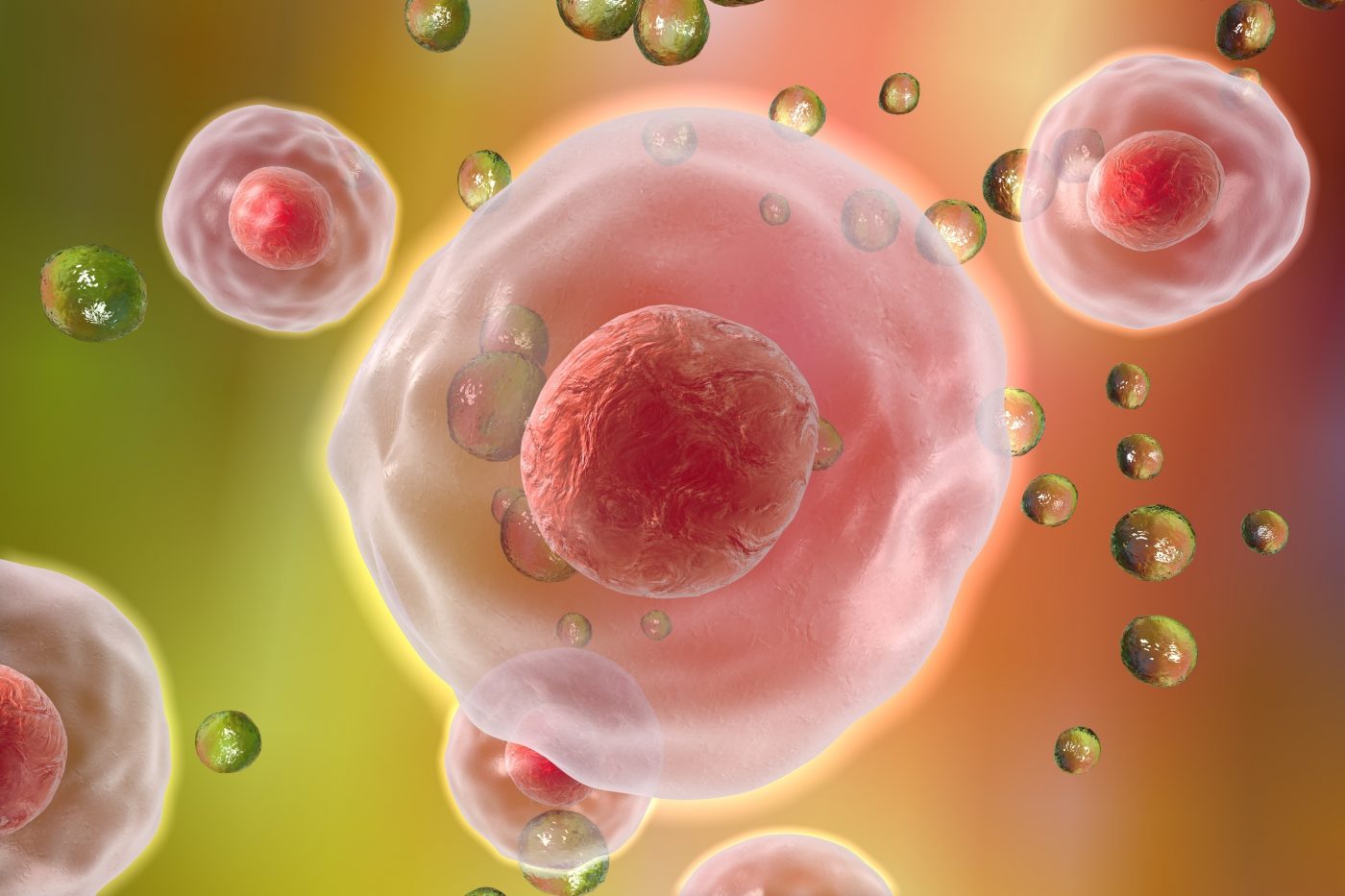Muscular Dystrophy Treatments May Benefit from Fetal Muscle Stem Cells’ Increased Capacity to Regenerate

Scientists have discovered why fetal muscle stem cells are better at regenerating muscle than adult muscle stem cells. These findings open new avenues for the treatment of muscular dystrophies.
Researchers from Sanford Burnham Prebys Medical Discovery Institute, based in La Jolla, California, and Orlando, Florida, investigated the properties of different cells in a study titled “Autonomous Extracellular Matrix Remodeling Controls a Progressive Adaptation in Muscle Stem Cell Regenerative Capacity during Development.“
The study, published in the latest issue of the journal Cell Reports, compared the factors that both types of stem cells secreted, and noticed that many of the substances fetal cells produced were no longer present in the adult cells. Results also showed that when researchers placed adult cells in the molecular soup produced by fetal cells, adult muscle stem cells improved their ability to regenerate muscle.
“We found that fetal muscle stem cells remodel their microenvironment by secreting specific proteins, and then examined whether that same microenvironment can encourage adult muscle stem cells to more efficiently generate new muscle. It does, which means that how adult muscle stem cells normally support muscle growth is not an intrinsic characteristic, but can be changed,” Matthew Tierney, first author of the study, said in a press release.
The proteins produced by fetal cells are components of the extracellular matrix – a structural meshwork supporting the cells. As the roles of stem cells change during development, so do the components of the matrix. During development, fetal stem cells are necessary to build new muscle, while in adults, they are necessary for repair purposes.
In muscular dystrophies, the breakdown of muscle exceeds adult muscle stem cells’ capacity for regeneration. By allowing adult stem cells to grow in a microenvironment containing fetal factors, their regenerative capacity can be boosted.
“These results help explain the differences between the capacity of fetal and adult muscle stem cells to repair muscle. Such an understanding is urgently needed, as no treatments are yet available for muscular dystrophies and muscle-wasting disorders,” said Alessandra Sacco, senior author of the study.
“Our findings fit with the growing appreciation of the importance of a cell’s structural and biochemical surroundings in influencing cellular behavior. Managing the microenvironment is an emerging approach to treat many diseases, from cancer to cardiovascular disease to neurodegeneration. We’re excited about the implications of our research for treating muscle diseases, and look forward to applying our conclusions toward development of therapies,” Sacco said.






